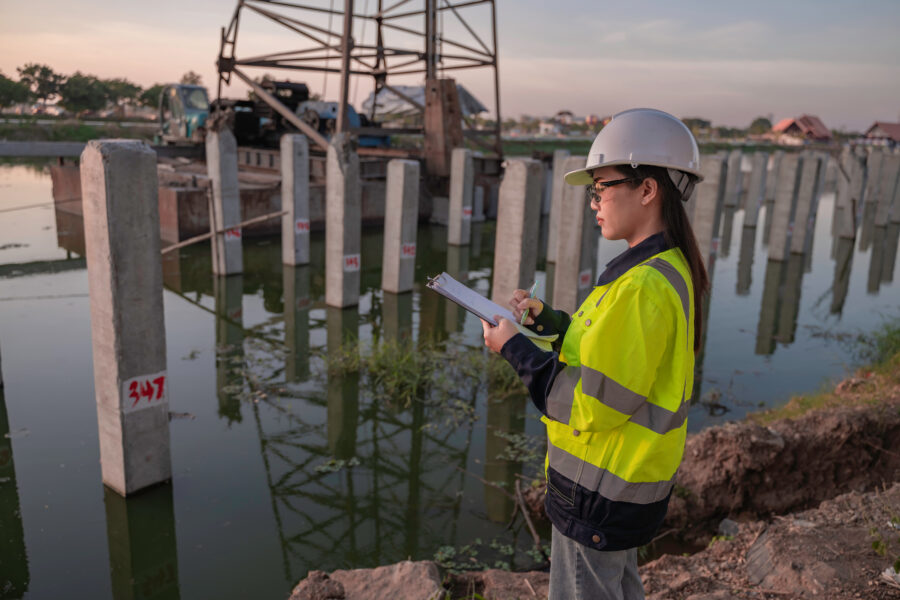The hydrogen industry represents a beacon of hope for a sustainable energy future. As the world gravitates towards cleaner energy sources, hydrogen stands out for its potential to revolutionise energy systems across the globe.
However, the path to a hydrogen-powered future is fraught with challenges, especially in terms of developing robust hydrogen infrastructure capable of supporting this clean, versatile energy carrier.
The Backbone of the Hydrogen Economy: Machinery and Industrial Components
The hydrogen value chain is complex, involving processes like production, storage, distribution, and utilisation.
Key machinery components such as electrolyzers for hydrogen production, compressors for storage and transportation, and fuel cells for power generation are critical. Each of these components requires precise engineering and robust infrastructure to ensure efficiency, safety, and longevity.
But it extends beyond just the core components; it encompasses a wide array of supporting technologies and systems that enable the hydrogen value chain to function seamlessly. For instance, advanced sensor technologies are crucial for monitoring hydrogen purity and detecting leaks, given hydrogen’s colourless and odourless nature. This ensures the safe handling and usage of hydrogen across various applications.
Heat exchangers play a vital role in optimising the performance of electrolyzers and fuel cells by managing thermal loads, thus enhancing efficiency and durability. In addition, sophisticated control systems are required to manage the operation of hydrogen infrastructure, from adjusting electrolyzer output to match renewable energy availability to ensuring the safe pressurisation and depressurization of hydrogen storage tanks.
Piping and valve systems, designed to handle high-pressure hydrogen, are also integral, requiring materials and designs that can withstand hydrogen embrittlement—a phenomenon where metals become brittle due to prolonged hydrogen exposure. This necessitates the use of specialised alloys and careful engineering to maintain integrity over the lifecycle of the infrastructure.
As the hydrogen economy matures, the development and integration of these machinery components and industrial systems will become increasingly sophisticated, pushing the boundaries of current engineering capabilities to meet the stringent demands of hydrogen’s role as a clean energy carrier.
The Infrastructure Challenge: From Production to Pump
Building infrastructure for hydrogen energy involves several hurdles.
Firstly, the production of hydrogen, particularly green hydrogen through water electrolysis, demands high initial capital investments and access to abundant renewable energy sources.
Secondly, hydrogen’s low density and high reactivity necessitate advanced storage and transportation solutions, such as high-pressure tanks or cryogenic storage, posing significant engineering challenges. Lastly, the deployment of hydrogen fueling stations requires substantial investment and innovation to ensure compatibility and safety for end-users.
The Roadblocks to Scalability and Safety
Scaling hydrogen infrastructure while ensuring safety presents a monumental task, magnified by the inherent characteristics of hydrogen, such as its flammability and the requisite for high-pressure systems. These attributes raise significant safety concerns that necessitate meticulous planning and stringent safety protocols to mitigate risks associated with handling and storage. The volatile nature of hydrogen demands advanced containment and monitoring technologies to prevent leaks and ensure safe operations within production facilities and distribution networks.
One of the paramount challenges in the hydrogen industry is establishing stability for industry components. Components such as electrolyzers, compressors, and fuel cells must operate under extreme conditions without compromise to their structural integrity or performance. This requires engineering solutions that can withstand the rigours of hydrogen exposure, including resistance to embrittlement and corrosion, which are common issues that can compromise the durability and reliability of hydrogen infrastructure.
Innovations in materials science, engineering practices, and safety standards are crucial for creating a seamless and reliable transition, ensuring that hydrogen can be produced, stored, and utilised efficiently without compromising the stability of the wider energy system.
This multifaceted challenge underscores the need for a holistic approach, combining advanced engineering, rigorous safety protocols, and innovative problem-solving to build a hydrogen infrastructure that is both safe and stable.
Alphatec Engineering: A Partner in Building Hydrogen Infrastructure
While the challenges are significant, they are not insurmountable. This is where Alphatec Engineering can play a pivotal role. With our expertise in securing heavy industrial machinery through high-performance epoxy grouts and resin-based protective coatings, we offer reliable solutions for stabilising critical hydrogen infrastructure components like compressors. Our precision installation services ensure that the backbone of hydrogen systems remains robust against operational stresses, thereby enhancing safety and efficiency.
Together, we can pave the way for a cleaner, more sustainable energy future, powered by hydrogen.


